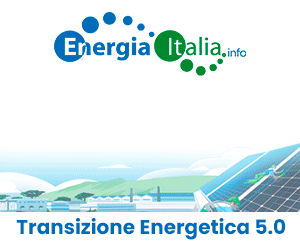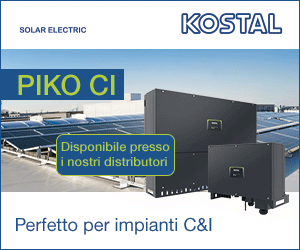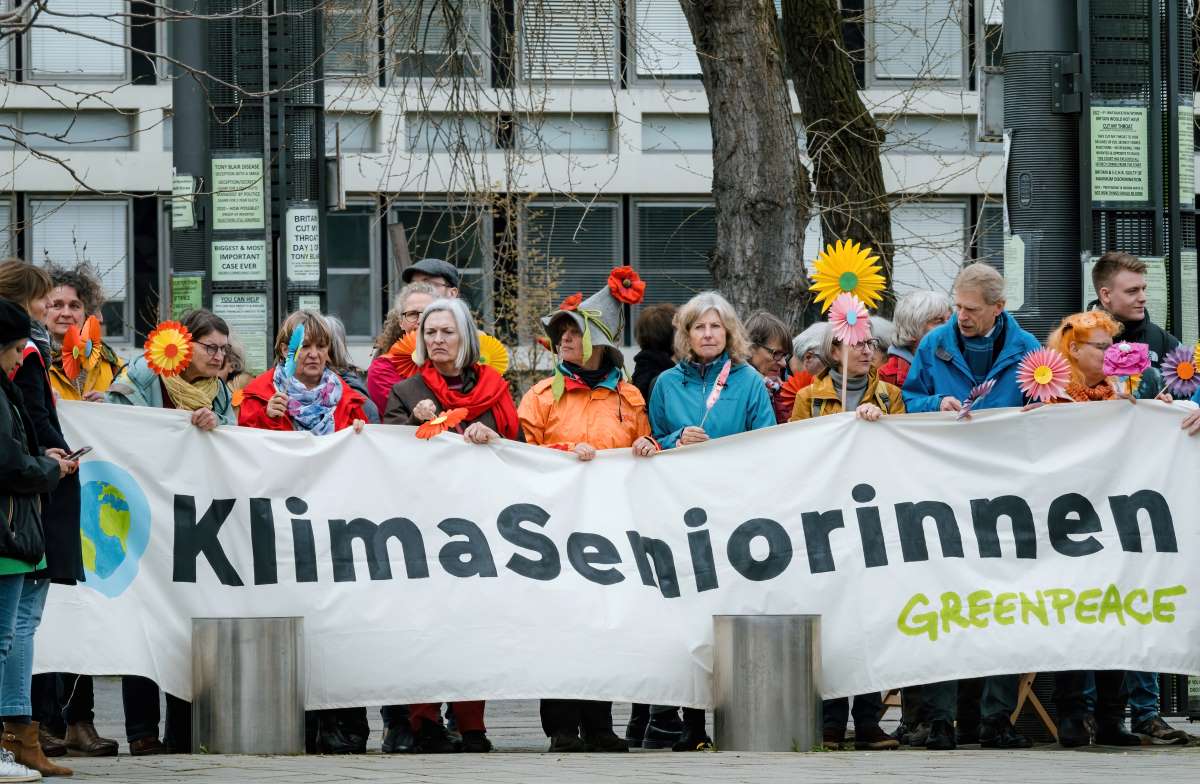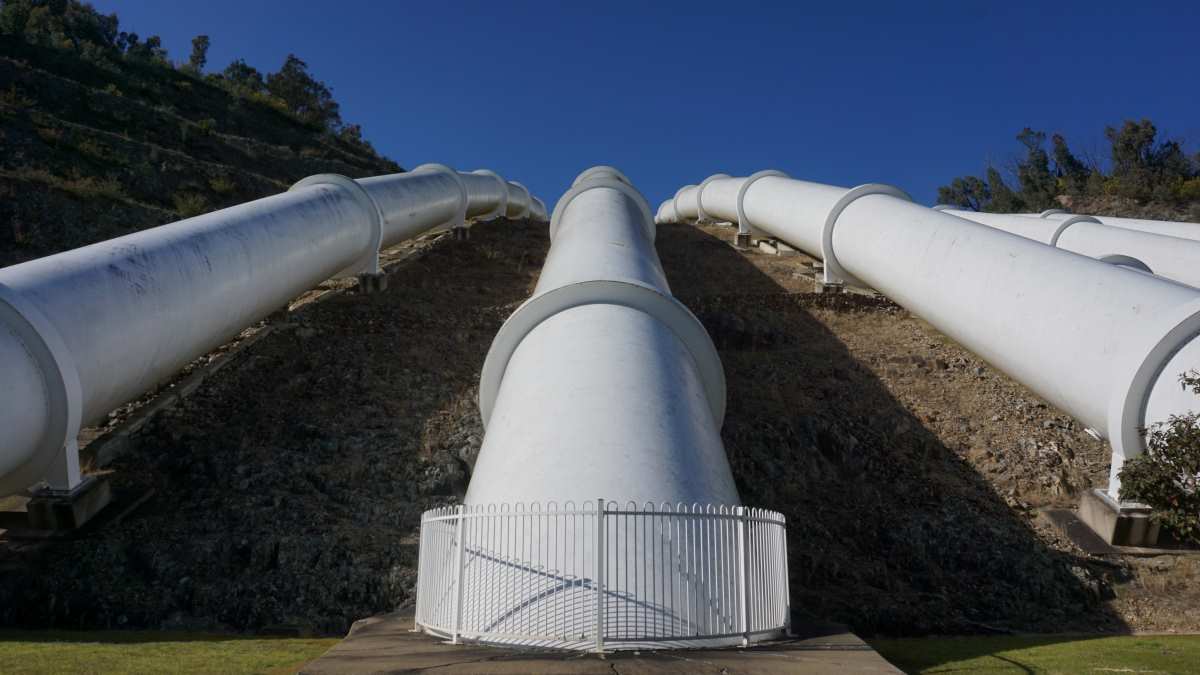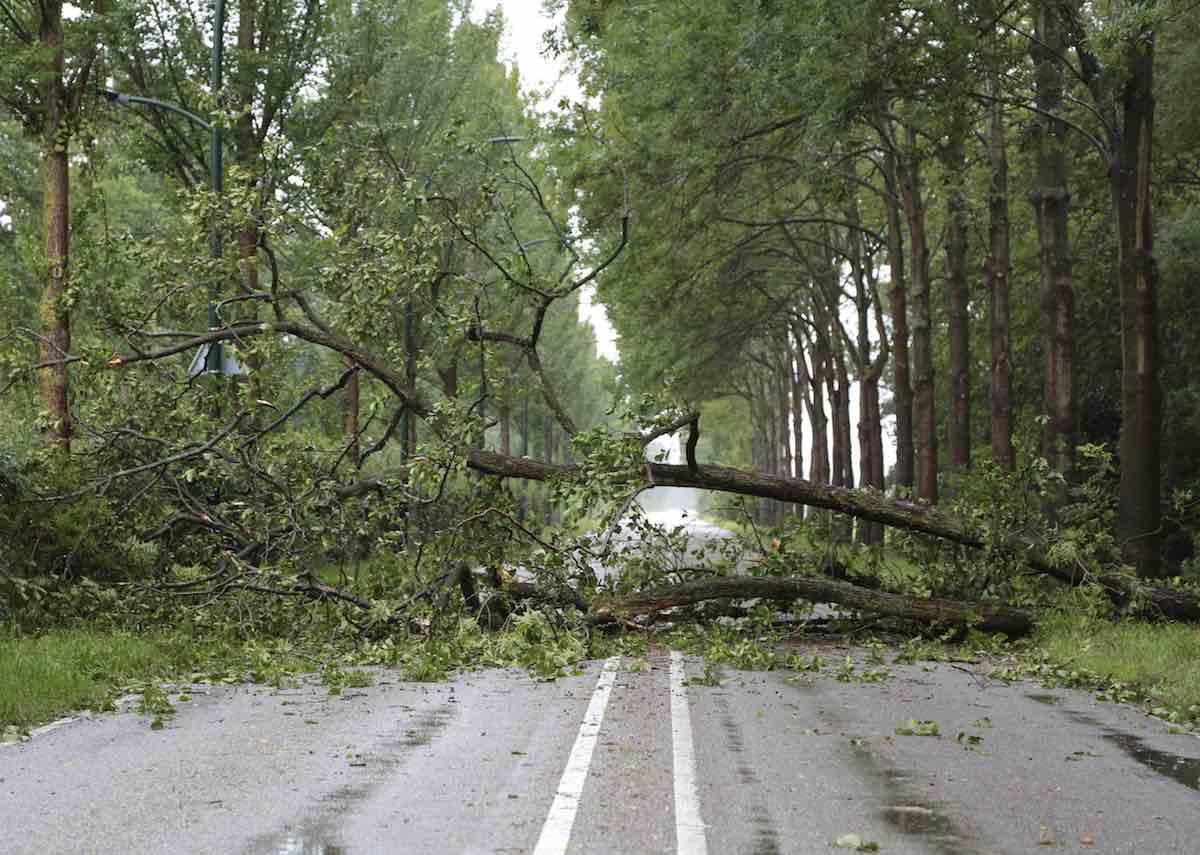We are facing one of the darkest periods the western world has ever experienced in the last century, and the coronavirus emergency seems to affect – and will affect at least momentarily – the whole photovoltaic supply chain and energy prices as well.
While we can already detect a recovery in China in terms of PV module production, an inevitable slowdown in installed capacity will manifest in most affected countries, at least for this year.
What will happen to the PV sector?
It is likely that there will soon be a drop in peak watt cost caused by a production surplus over demand.
In my opinion, module prices will fall, making it even more convenient and feasible to carry out interventions on new plants such as revamping and construction, both domestically and industrially.
Undoubtedly, it will be a difficult year for everyone, but photovoltaics can also be regarded as one of the driving forces behind the recovery and competitiveness of our companies, helping the country system to get back on track more quickly from this unfortunate period.
Hopefully the GSE will play its part in this respect by facilitating, for instance, revamping operations as much as possible.
Concerning the development of large plants which are granted incentives or not, we certainly notice and will notice a short and medium-term slowdown in timing in relation to organisational issues caused by coronavirus. However, an increase of decarbonisation targets at European level seems more than desirable, especially in view of a very likely connection between the spread of viruses, pollution and climate change.
When looking at the secondary market, I believe we will witness an increase compared to the last year, given the slowdown in the primary market and the prospective possibility of lower revamping costs in 2020.
What about energy prices?
Currently, they are clearly decreasing, but also very much influenced by the barrel price reduction wanted by OPEC and by a temporary drop in demand for industrial and tertiary electricity, which is only partially counterbalanced by the increase in the domestic segment demand.
In spite of this, I think that long-term projections will remain substantially unchanged: grid parity investments are based on 30-year-range simulations, thus one or two years of low prices resulting from exceptional events, such as the current epidemic, should not have much influence on long-term prospective trends.
Who has the opportunity to join auctions and registers from this year’s FER1 decree will maximise the competitiveness of their investments as a result of the ready-to-build authorization scarcity in solar field and due to more limited CAPEXs that will favour an unexpected lowering of the LCOE.
I would like to conclude with an invitation to the whole supply chain to hold on and move forward. Italy will soon need all of us to start again and to be more and more competitive.
- Traduzione in italiano: Coronavirus e mercato fotovoltaico in Italia: una luce in fondo al tunnel








